Picture towering mountains, sheer-sided cliffs, white-water rapids, secret coves and moss-covered ruins. If these scenes conjure an image of adventure in your mind, join us as we venture off the beaten track.
Adventure tourism is far removed from a fly-and-flop holiday. It involves new experiences, embracing some physical activities (as gentle or active as you chose) and getting a taste of different cultures. Here we dive into what adventure tourism is all about.
Defining adventure tourism
Adventure tourism is a trip geared towards exploring. For it to be a true adventure, it should offer at least two of the three elements below:
- Physical activity
- Natural environment
- Cultural immersion
Within adventure tourism, there are two categories of adventure holiday:
Soft adventure
This involves activities we perceive as risky but they are actually low risk and require little to no commitment or skills.
Soft adventure is an extremely popular category within adventure tourism because it caters to a broad audience. It covers activities such as walking, camping, hiking, kayaking, skiing etc.

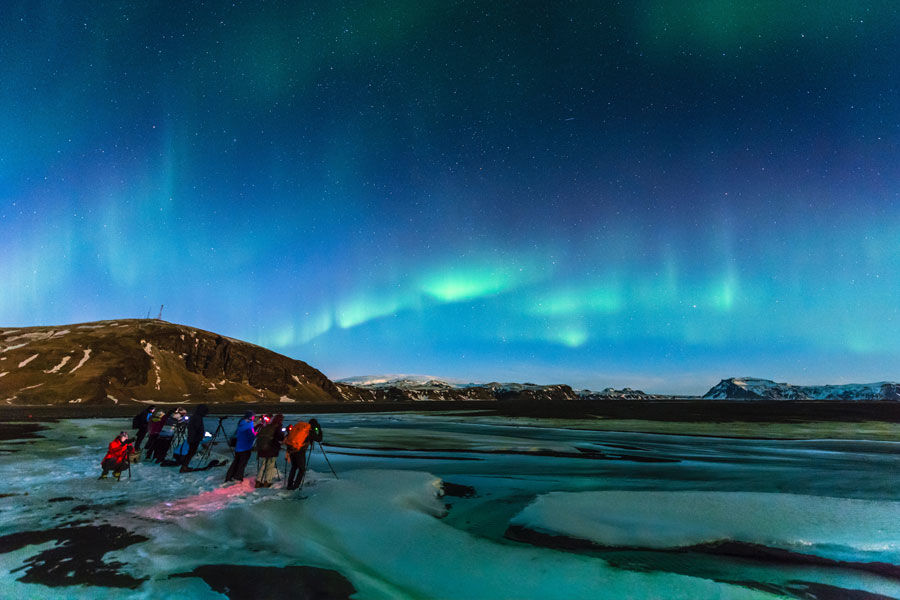
Hard adventure
This typically involves high-risk activities that require intense commitment and advanced skills. Hard tourism includes activities such as mountain climbing, trekking, caving or deep-sea diving.
For these types of activities, it’s important to have professional guides on hand and adequate travel insurance. This will help you stay safe when doing an activity involving a high level of risk.
The history of adventure tourism
Our species is accustomed to going the distance in order to survive and discover new territories.
The 1800s was a time when adventurers began to push boundaries. Around the same time The National Geographic Society and Explorers Club were formed and both institutions continue to support adventure tourism to this day.
The adventurous spirit of the early 19th century caught on and many other adventurers set out to reach new heights. Key expeditions include the Discovery Expedition to the Antarctic in 1901, Amelia Earhart’s flight across the Atlantic in 1928 and Sir Edmund Hillary and Tenzig Norgay’s ascent of Mount Everest in 1953, which was a particularly notable expedition marking the beginning of modern adventure tourism.
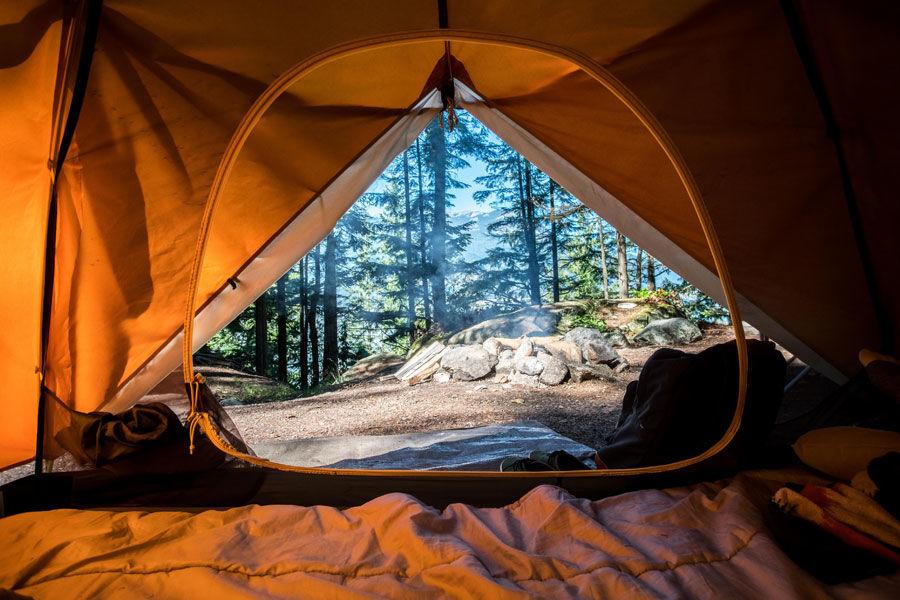
The benefits of adventure tourism
Here, we’ve highlighted three that will hopefully convince you to embrace adventure.
- Prove your abilities
Adventure travel can be challenging but if you can keep your cool and enjoy yourself, you’ll soon be able to appreciate your strengths.
- Shift your perspective
Immersing yourself in a new culture, learning about nature in its most vivid form, tasting exotic flavours and diving into new experiences helps to give you a fresh perspective.
- Avoid the crowds
Adventure travel is all about going off grid. A trip can take you to far-flung, awe-inspiring places that are often difficult to access but you can guarantee a long journey will be worth it for the experience once you arrive.
The different types of adventure tourism activities
Here are just a handful of adventure tourism activities accessible to all skill levels.
- Hiking
Exploring a new place powered by your own two feet is a great way of exercising and making the most of being in nature. Go at your own pace, take in the surroundings and explore lesser-trodden paths.
- Rafting
One minute you’re serenely cruising through flat-clam lagoons, the next minute you’re plunging into white water rapids. While you meander down a coursing river, you’ll also have the chance to see the landscape from a different viewpoint.
- Mountain biking
If hiking isn’t up your street, how about mountain biking? It allows you to travel further and see more. If you’re near a ski resort, you might also find trails that you can access by ski lift, so you can enjoy the view on the way up and either speed or slowly make your way down.
- Climbing
It might look challenging but climbing is an accessible activity you can try at any level. With the help of a guide, you can start with an easy climb and work your way up to something a little more challenging. Climbing is also a fantastic way to see the world from a literal bird’s eye view, in among the tree tops and overlooking mountains.
- Skiing
Skiing at any level is a perfect way to experience adventure tourism. Plus there are so many places you can visit for great skiing, Japan, Colorado, Italy and even Northern New Mexico. For adventurous types, you can go off-piste but it’s important to go with a guide who can point you in the right direction of the freshest powder.
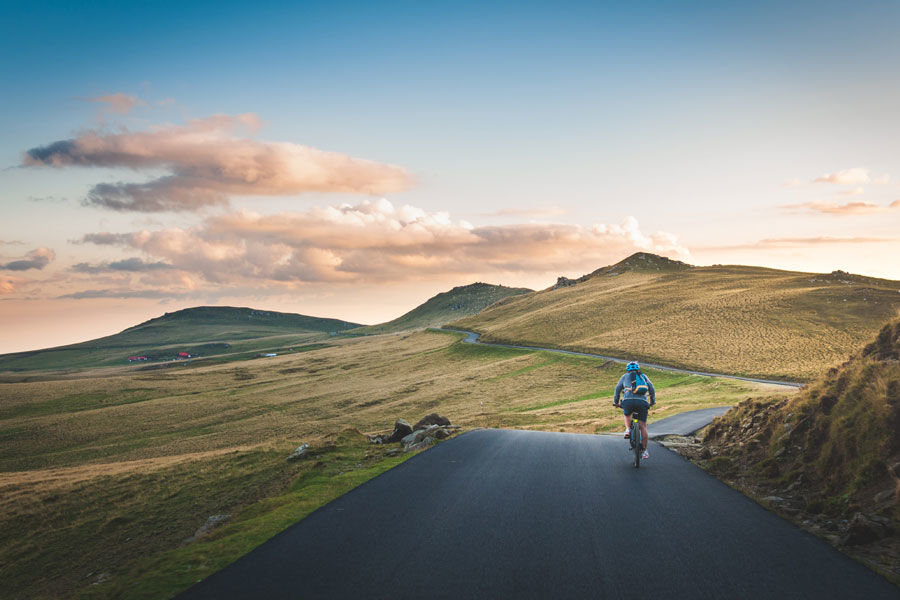
Responsible tourism
While it’s important to have fun and make the most of adventure tourism activities, now more than ever we need to be considerate of the impacts we have as travellers.
What is responsible tourism?
In a nutshell, responsible tourism exists to minimise and reverse the damaging effects of travel. These include overcrowding, the destruction of the environment and historic sites and negative societal impacts.
It might sound like a lot to take on board but it’s easy to be a responsible tourist. It all boils down to being respectful towards your surroundings, the local people and their culture.
Some tips for getting started in adventure tourism
Not sure where to start? Think about your interests and hobbies. If you enjoy cycling, you might try mountain biking in the Dolomites. Or if you’ve always wanted to try canoeing, why not sign up to a guided tour down the Zambezi river? If you’re an avid hiker how about setting your sights on a new challenge in the Garrotxa National Park in northern Catalonia?
Our top tip is to approach adventure tourism with an open mind. The real pleasure of an adventure trip is making memories that will last you a lifetime.
Find out more
Book your adventure holiday by calling our Silver Travel Advisors on 0800 412 5678.
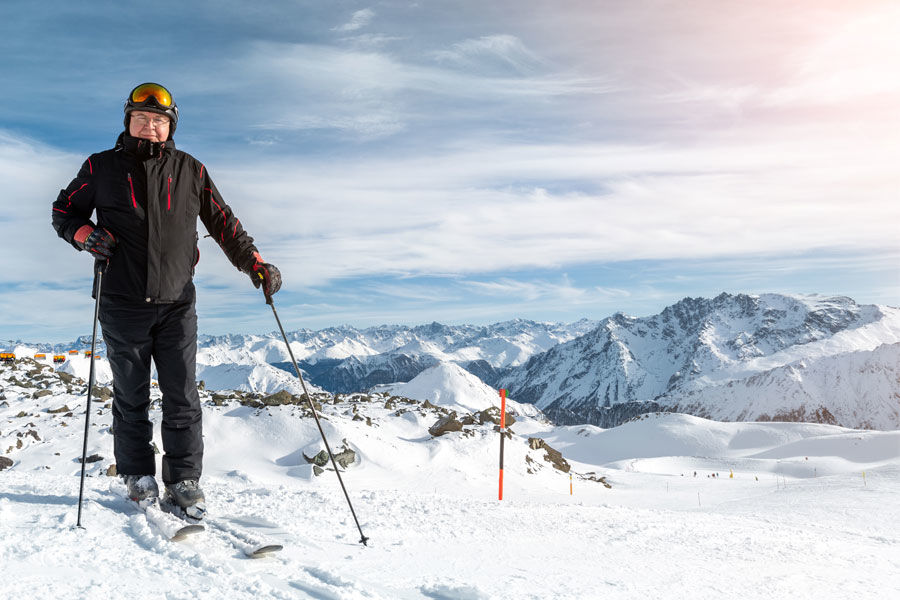
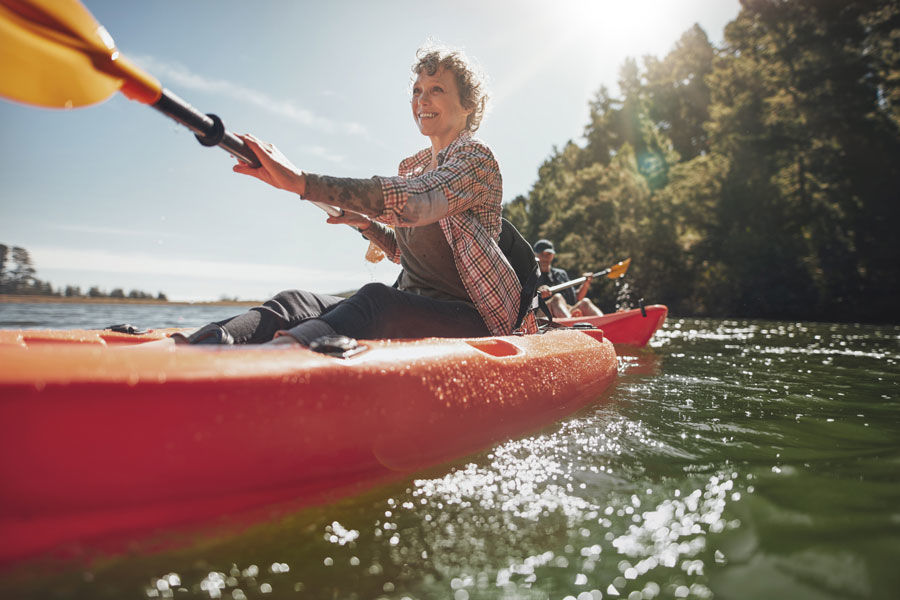












One Response
Is it really possible to fully experience the beauty and history of Rome in just one day, or does rushing through the city’s landmarks do a disservice to its rich culture and heritage?”,
“refusal